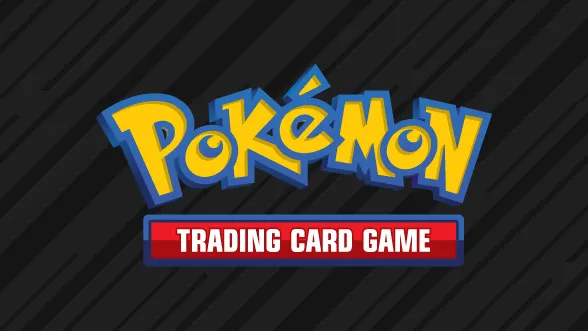The great and powerful Thrall has been having a difficult time within the world of Hearthstone for the past year. Before Rastakhan’s Rumble dropped in December the only Shaman deck seeing any serious play was Shudderwock.
Since Shudderwock had its wings clipped by the balance changes in December, most Shaman players have turned their attention to Even Shaman.
Though it is unfortunate that the only viable deck the class currently has is Even Shaman, the good news is Even Shaman is actually incredibly good. Part of the reason Even Shaman is so good right now is because it doesn’t have a bad match-up against anything in the meta. Like any deck, you’ll get bad draws and lose games sometimes, but it won’t feel like you lost because you’re using an inferior deck.

Even Shaman’s early game plays very similar to the early game of any Aggro deck. You’ll want to use your buffed up hero power to summon a Totem any chance you get. You’ll then want to flood the board with low-cost minions as fast as you can, but pay attention to the synergies these minions have with each other.
Take for example Knife Juggler and Primalfin Totem. Knife Juggler is a two mana cost, two attack, two health minion that deals one damage to a random enemy after you summon a minion. Primalfin Totem is a two cost 0/3 minion that summons a 1/1 Murloc at the end of your turn. Having these two cards on the field at the same time can provide great early game removal against other Aggro decks. Knife Juggler also becomes a priority target, which means your other minions might be able to stick around longer.
One of the minions you want to stick around as long as possible is a Shaman favorite, Flametongue Totem. This card is a two cost 0/3, but it gives adjacent minions plus-two attack. This can be used to buff up totems from your early game, or for big value it can be combined with your Corpsetaker.

Corpsetaker is a four cost minion which gains a series of buffs based on what other minion types you have in your deck. Usually, you’ll get to play Corpsetaker with Windfury, Lifesteal, Divine Shield, and Taunt. Dropping Flametongue Totem next to Corpsetaker means that your Windfury enabled attacks will do even more damage. This play can devastate an opponent if its pulled off early enough in the game.
Your mid game will be based on maintaining tempo and trying to set up your opponent to be finished. You’ll be running cards like Saronite Chain Gang and Hex to hold off any potential bad stuff, plus by mid game you can usually drop Sea Giant. This card is a 10 cost 8/8 minion that costs one less for each other minion in play. By mid game, you can usually play Sea Giant for next to nothing and get huge value as a result.
As far as late game goes, you’ll be running big value finishers like Al’Akir the Windlord, Hagatha, Kalimos, and the Lich King. You’ll want to play Hagatha as fast as possible, unless you expect you’ll need to save her board clear. When Hagatha enters the field, she deals three damage to all minions, as well as buffs your hero power. After playing Hagatha, your hero power will generate a random Shaman spell for you any time you play a minion.

Depending on what you get, you’ll want to use the spells generated from Hagatha to either take out your opponent’s threats or build on your established pressure. Sometimes you’ll get lucky and RNG a handful of Lava Burst and be able to blow your opponent up instantly. Other times you’ll get board clear that forces you to play more strategically and protect your minions.
The most important thing about this deck is making sure you save an Elemental for Kalimos. This card is a Shaman Legendary that allows you to cast an Elemental Invocation as long as you played an Elemental card on the previous turn. This invocation can allow you to heal yourself, deal damage directly to your opponent, summon a board full of 1/1 minions, or deal damage to all of your opponent’s minions.
Which invocation you decide to select will be based on what you need at that moment in a specific match type. Don’t deal the direct damage to your opponent’s face if you don’t suspect you’ll be able to finish them shortly after. Don’t heal yourself when you didn’t need it and could have gotten more value out of a different invocation.

Even Shaman plays very much like what one might describe as a hybrid deck. Your early game will feel very much like an Aggro deck and your late game will feel like a Control deck. What will make a person good at Even Shaman is realizing when to clear your opponen’ts board and when to go face. A good rule of thumb for this is if you aren’t sure, go face. If you go face and then lose to your opponent’s buffed-up board, at least you can identify and learn from your mistake.
If you enjoy Aggro decks that aren’t as mindless as something like Odd Paladin, Even Shaman might be right for you.













Published: Jan 17, 2019 01:10 pm